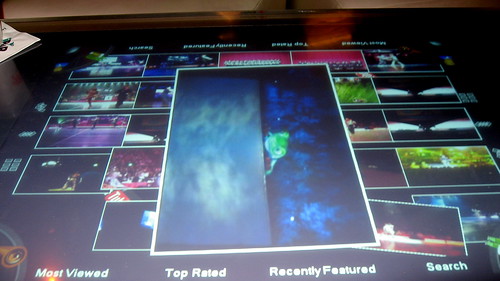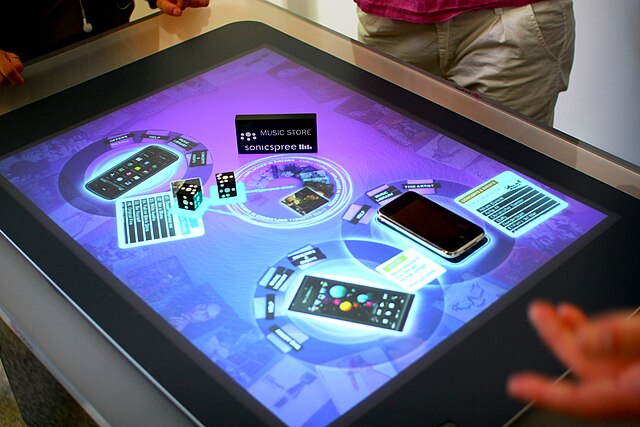Long before Microsoft launched the popular Surface line of laptop/tablet hybrid devices, the company unveiled an entirely different product called Surface back in 2008. It was not a portable computer at all, but rather an interactive coffee table boasting a 30-inch touchscreen.
One Youtuber found a way to put Windows 10 (and other operating systems) on this rare device:
 —
—
 —
Michelle Lentz | flickr
—
—
Michelle Lentz | flickr
—
Retailing for a staggering $10,000 upon its initial release, the original Microsoft Surface aimed to provide a breakthrough collaborative computing experience years before its time. However, the innovative device never took off, relegated to obscurity as a curious footnote in the Surface brand’s history.
On the 10-year anniversary of its announcement in 2017, I revisited the vintage, first-generation Surface table to better understand its ambitions and shortcomings. What I discovered was an admirable effort handicapped by immature technology and pricing misunderstanding its audience.
From the moment you sit at the four-sided table and see its glowing screen radiating upward through the glass surface, the promise becomes apparent. It combines computer internals with multi-touch capabilities detecting hands and objects enabling natural user input.
The concept predated the iPad by 3 years, showing Microsoft’s early vision for touch computing. The coffee table form factor invited groups to interact simultaneously for gaming, photo sharing, painting sessions, and more all on a dynamic 30-inch canvas.
In 2007, this computer/furniture mashup represented true innovation. And the table delivered on its pioneering idea reasonably well technologically. Multi-touch gestures and multiple inputs worked smoothly during hands-on testing. The screen and software fluidly accommodated four users at once sans lag.
However, $10,000 for what essentially amounted to a luxury coffee table limited mainstream adoption. And the technology still matured over subsequent years through smartphones and tablets better refining touch interfaces. This turned the Surface into more novelty than necessity.
Additionally, rather than targeting families seeking an interactive centerpiece for lounges, Microsoft confusingly positioned the device for Fortune 500 meeting rooms. But businesses balked at the prohibitive pricing and unproven collaborative concept.
The result? Lackluster sales leading Microsoft to discontinue the Surface table just a few years later having failed to achieve commercial success or make a cultural dent.
While the original Surface suffered from misguided strategies, I still found the device itself impressively forward-thinking when experiencing it in 2017. Its flawless touchscreen and playful tabletop software worked far better than anything in 2007.
The Surface table brought tomorrow’s technology into our homes ten years too soon. And this handsome but forgotten $10,000 computer conversation piece foreshadowed modern technologies we now take for granted. It reminds us Microsoft still possessed impressive innovative vision long before finding convertible tablet/laptop fame.
